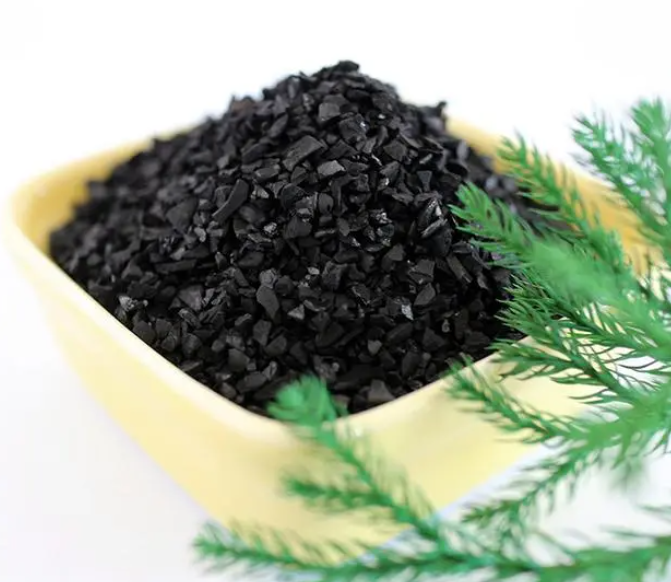Activated carbon It can not kill nitrifying bacteria, but it can adsorb them. The main components of activated carbon include oxygen, hydrogen and other elements in addition to carbon. These elements are left in the carbon due to incomplete carbonization. For example, when activated with water vapor, the surface of activated carbon is oxidized or oxidized with water vapor.
It is usually powder or granular porous amorphous carbon with strong adsorption capacity. It is obtained by carbonization of solid carbonaceous materials (such as coal, wood, hard shell, nut core, resin, etc.) at 600~900 ℃ under air isolation conditions, and then oxidation activation with air, carbon dioxide, water vapor, or a mixture of the three under 400~900 ℃.
The survival condition of nitrifying bacteria is that they need water and oxygen to survive, and they can survive only when they meet the supply of water and oxygen at the same time. It is more suitable for mass propagation in soil, sand, biochemical cotton, biochemical ball, glass ring, ceramic ring and other microporous filter materials. Nitrifying bacteria are suitable for living in weakly alkaline water, and grow and multiply quickly when the temperature reaches about 25 ℃.
The adsorption capacity of activated carbon can adsorb nitrifying bacteria to a certain extent.

